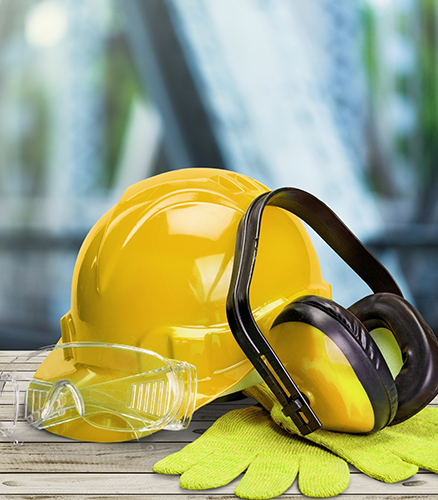Safety
There are two slightly different meanings of safety. For example, home safety may indicate a building's ability to protect against external harm events (such as weather, home invasion, etc.), or may indicate that its internal installations (such as appliances, stairs, etc.) are safe (not dangerous or harmful) for its inhabitants.
Discussions of safety often include mention of related terms. Security is such a term. With time the definitions between these two have often become interchanged, equated, and frequently appear juxtaposed in the same sentence. Readers unfortunately are left to conclude whether they comprise a redundancy. This confuses the uniqueness that should be reserved for each by itself. When seen as unique, as we intend here, each term will assume its rightful place in influencing and being influenced by the other.
Safety is the condition of a “steady state” of an organization or place doing what it is supposed to do. “What it is supposed to do” is defined in terms of public codes and standards, associated architectural and engineering designs, corporate vision and mission statements, and operational plans and personnel policies. For any organization, place, or function, large or small, safety is a normative concept. It complies with situation-specific definitions of what is expected and acceptable. [1]
Using this definition, protection from a home's external threats and protection from its internal structural and equipment failures (see Meanings, above) are not two types of safety but rather two aspects of a home's steady state.


To install this Web App in your iPhone/iPad press ![]() and then Add to Home Screen.
and then Add to Home Screen.
